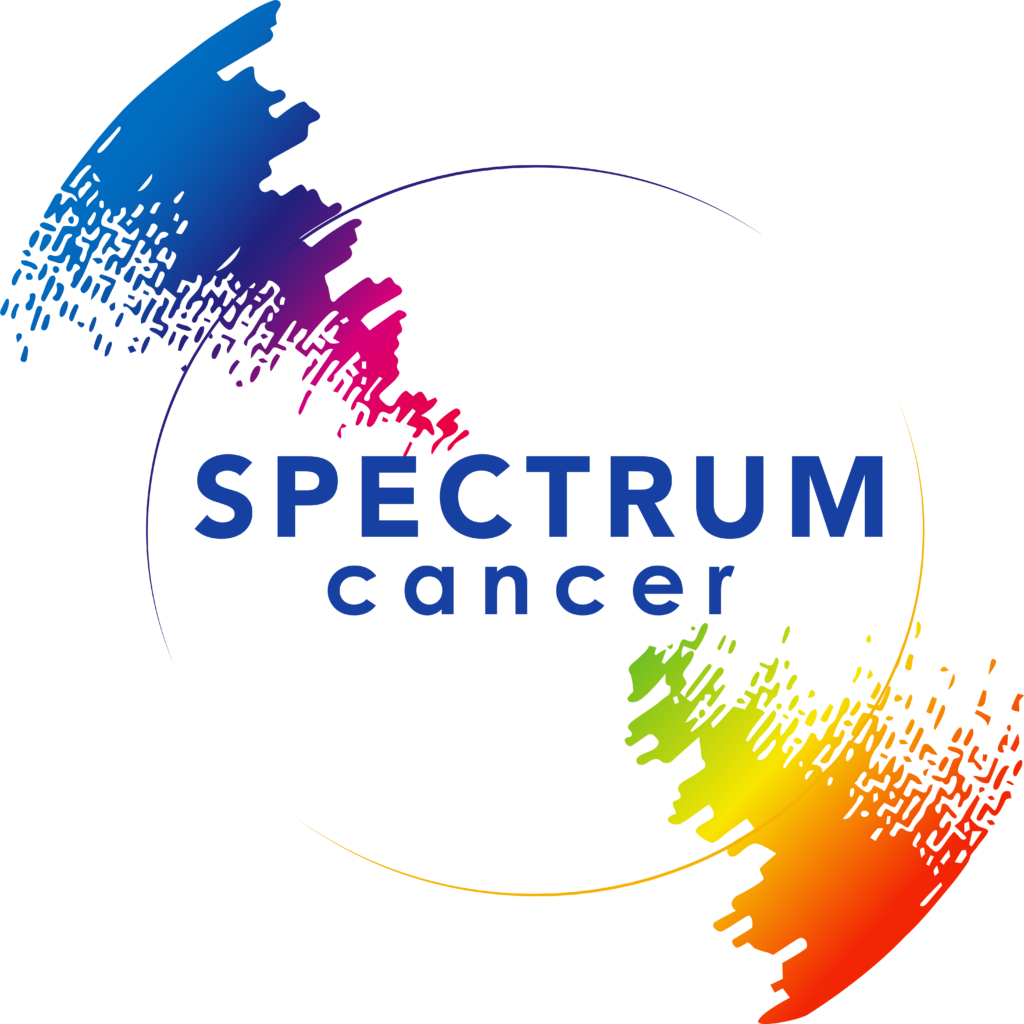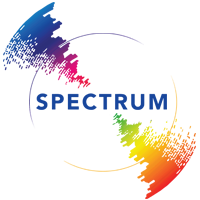Chemotherapy and Drug Therapies
Chemotherapy and Drug Therapies
Breast Cancer
Chemotherapy and Drug Therapies
Chemotherapy and drug therapies is a common and effective treatment for breast cancer, and its use depends on various factors such as the type of breast cancer, the stage of the disease, hormone receptor status, HER2 status, and the overall health of the patient.
The following are indications for chemotherapy in pateints for breast cancer:
- Adjuvant Therapy – chemotherapy may be administered after surgery (adjuvant chemotherapy) to reduce the risk of cancer recurrence.
- Neoadjuvant Therapy – chemotherapy is given before surgery (neoadjuvant chemotherapy) to shrink tumors and facilitate surgical removal.
- Metastatic Breast Cancer – chemotherapy is often used to treat breast cancer that has spread to other parts of the body (metastatic or advanced breast cancer).
How chemotherapy drugs work
There are several different classes of chemotherapy drugs which are used to treat breast cancer some of which are given orally and others intravenously. These drugs are often used in combination with different chemotherapy drugs to maximize effectiveness either together or sequentially.
Examples of chemotherapy agents include:
- Anthracyclines – are among the most effective anticancer treatments developed and are effective against more types of cancer than most any other class of chemotherapeutic agents. The drugs act mainly by intercalating with DNA and interfering with DNA metabolism and RNA production with cytotoxicity primarily due to inhibition of topoisomerase II after the enzyme induces a break in DNA, preventing binding of the break and leading to cell death. Examples include doxorubicin and epirubicin.
- Taxanes – are a diverse class of chemotherapeutic agents which work by stabilization of the microtubules resulting in cell cycle inhibition activating cellular apoptosis pathways. Examples of agents include paclitaxel, docetaxel, and cabazitaxel.
- Antimetabolites – are “cytotoxic” drug that kill cells by mimicking molecules that a cell needs to grow. When cancer cells incorporate the chemical in these drugs, they are unable to replicate. Examples include methotrexate and fluorouracil.
- Platinum agents – cross-link DNA strands, thereby inhibiting DNA synthesis and function. If the DNA is damaged enough, the cell will undergo apoptosis. Carboplatin is an example of a platinum agent used for breast cancer.
- Antibiotics – examples include cyclophosphamide and vinorelbine. Cyclophosphamide is an alkylating agent whose active form interferes with DNA structure by forming cross-links between DNA strands. Cross-linking inhibits DNA replication and transcription, leading to the disruption of cell division. Cyclophosphamide is cell-cycle nonspecific, meaning it affects cells in various phases of the cell cycle. Vinorelbine is a vinca alkaloid which disrupts microtubule formation, a crucial step for cell division since they are structural components of the cell’s cytoskeleton and play a key role in mitosis (cell division). Vinorelbine specifically inhibits the formation of mitotic microtubules, preventing the separation of chromosomes during cell division and ultimately leading to cell death. Vinorelbine is considered cell-cycle specific, with a primary effect on cells during mitosis.
Side effects of chemotherapy
Unfortunately, since chemotherapy drugs work at on all cells that grow quickly, other cells besides cancer cells which also have rapid growth can be affected. This includes cells lining the gastrointestinal tract, hair follicles and bone marrow cells. As a result, side effects like nausea, vomiting, diarrhea, hair loss, and low red and white blood cell and platelet counts, The latter can lead to anemia and fatigue, bleeding and bruising, and infections. These side effects are often dose dependent and are often alleviated when the drugs are discontinued.
Hormone Therapy
Hormone therapy is a type of systemic treatment for breast cancer that targets the hormones estrogen and progesterone, which can fuel the growth of certain types of breast cancer. The goal of hormone therapy is to block or interfere with the effects of these hormones, thereby slowing down or inhibiting the growth of hormone receptor-positive breast cancer. The specific choice of hormone therapy depends on factors such as menopausal status, the extent of the disease, and individual patient considerations.
Hormone receptor-positive breast cancer refers to tumors that have receptors for estrogen (ER-positive) and/or progesterone (PR-positive) on their surface. Estrogen Receptors (ER) tumors express estrogen receptors and respond to estrogen stimulation, promoting cell growth. Progesterone Receptors (PR) tumors express progesterone receptors and similarly respond to progesterone stimulation. Types of hormone therapy for breast cancer include:
- Selective Estrogen Receptor Modulators (SERMs) – these agents block estrogen from connecting with breast cancer cells, keeping the cells from multiplying. Examples include tamoxifen and raloxifene.
- Aromatase Inhibitors – these agents inhibit the production of estrogen, primarily in postmenopausal women. They are often used as adjuvant therapy after surgery. Examples include letrozole, anastrozole, exemestane:
- Fulvestrant – acts as a selective estrogen receptor degrader (SERD). It binds to and degrades estrogen receptors, reducing their levels in cancer cells.
In premenopausal women, ovarian suppression (using medications or surgical removal of the ovaries) may be considered to reduce estrogen levels. The duration of hormone therapy varies and is determined based on factors such as the stage of the cancer, menopausal status, and individual patient characteristics. Hormone therapy may be combined with other treatments, such as chemotherapy or targeted therapies, depending on the characteristics of the cancer.
Targeted Therapy
Targeted therapy for breast cancer involves the use of drugs that specifically target certain molecules or pathways involved in the growth and survival of cancer cells. Unlike traditional chemotherapy, which affects rapidly dividing cells, targeted therapies are designed to interfere with specific abnormalities present in cancer cells while minimizing damage to normal cells. Targeted therapies are an important component of breast cancer treatment, particularly for cancers with specific molecular characteristics. This includes the use of the following therapeutic agents for the following specific types of breast cancer.
HER2-Positive Breast Cancer
- Trastuzumab – an antibody that targets HER2-positive breast cancer cells, inhibiting their growth. It is often used in combination with chemotherapy.
- Pertuzumab – another HER2-targeted antibody, often used in combination with trastuzumab and chemotherapy in certain settings.
HER2-Positive Metastatic Breast Cancer
- T-DM1 (Ado-Trastuzumab Emtansine): combines trastuzumab with a chemotherapy drug. It delivers chemotherapy directly to HER2-positive cancer cells.
Hormone Receptor-Positive Breast Cancer
- Palbociclib, Ribociclib, Abemaciclib – these are cyclin-dependent kinase 4/6 (CDK4/6) inhibitors that target estrogen and progesterone receptors. These agents inhibit proteins involved in the cell cycle and are often used in combination with hormone therapy.
Triple-Negative Breast Cancer
Triple-Negative Breast Cancer lacks expression of estrogen receptors, progesterone receptors, and HER2, making it challenging to target with hormone therapy or HER2-targeted agents. Alternative options for this type of cancer include:
- PARP Inhibitors – for patients with BRCA mutations, poly(ADP-ribose) polymerase (PARP) inhibitors like olaparib and talazoparib may be effective.
- Immune Checkpoint Inhibitors – Some Triple-Negative Breast Cancer patients with high levels of tumor-infiltrating lymphocytes may respond to immune checkpoint inhibitors like pembrolizumab.
- Angiogenesis Inhibitors (Bevacizumab) – this drug inhibits vascular endothelial growth factor (VEGF) blood vessel formation (angiogenesis) and limits the supply of nutrients and oxygen to tumors. It is sometimes used in combination with chemotherapy for certain breast cancers.
- mTOR Inhibitors (Rapamycin, Everolimus) – mTOR stands for the mammalian target of rapamycin which is a protein kinase that plays a key role in regulating cell growth, proliferation, and survival. The mechanism of action of mTOR inhibitors involves specifically targeting and inhibiting the activity of the mTOR protein. Everolimus is used in combination with the aromatase inhibitor exemestane for postmenopausal women with hormone receptor-positive, HER2-negative advanced breast cancer.









